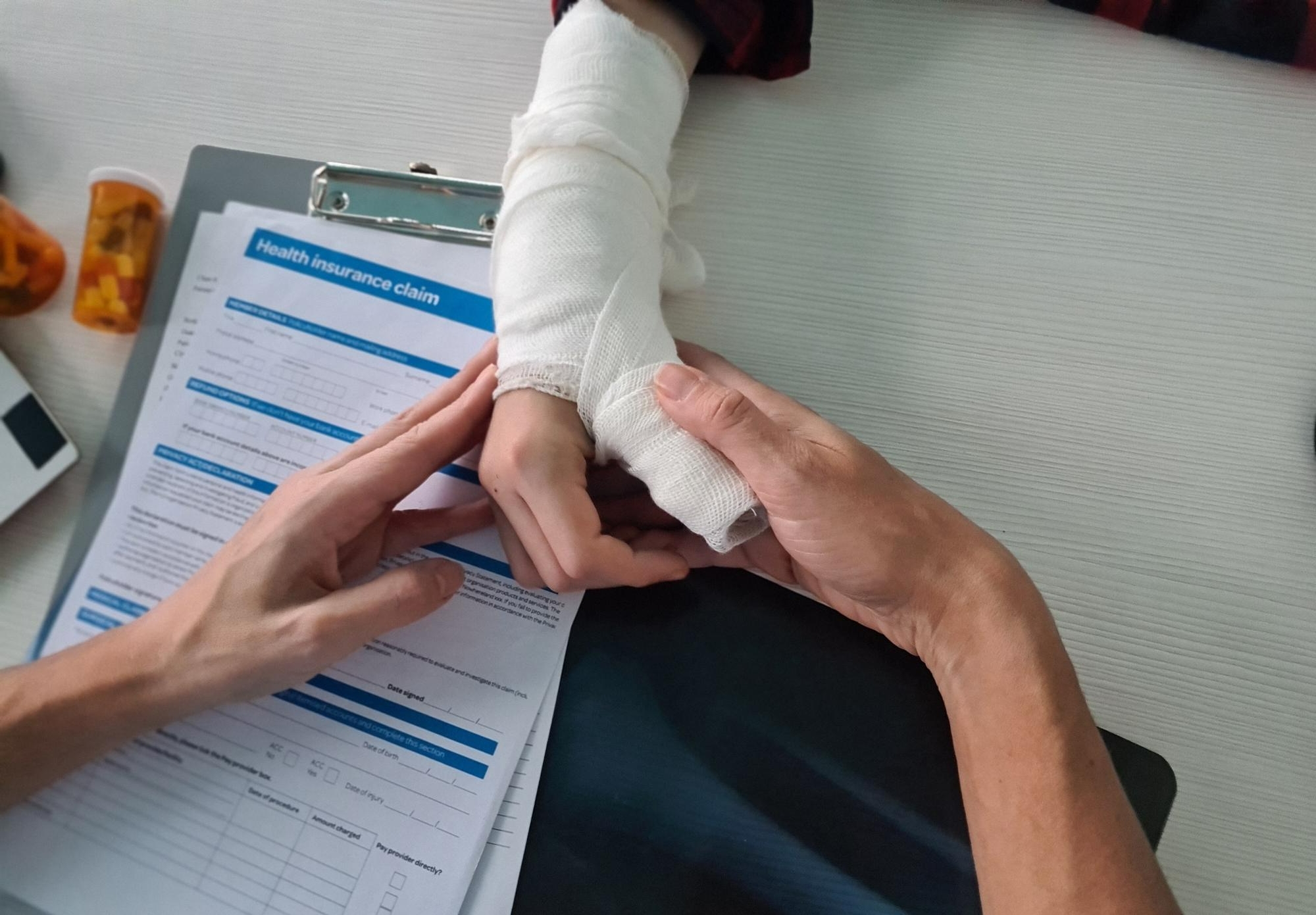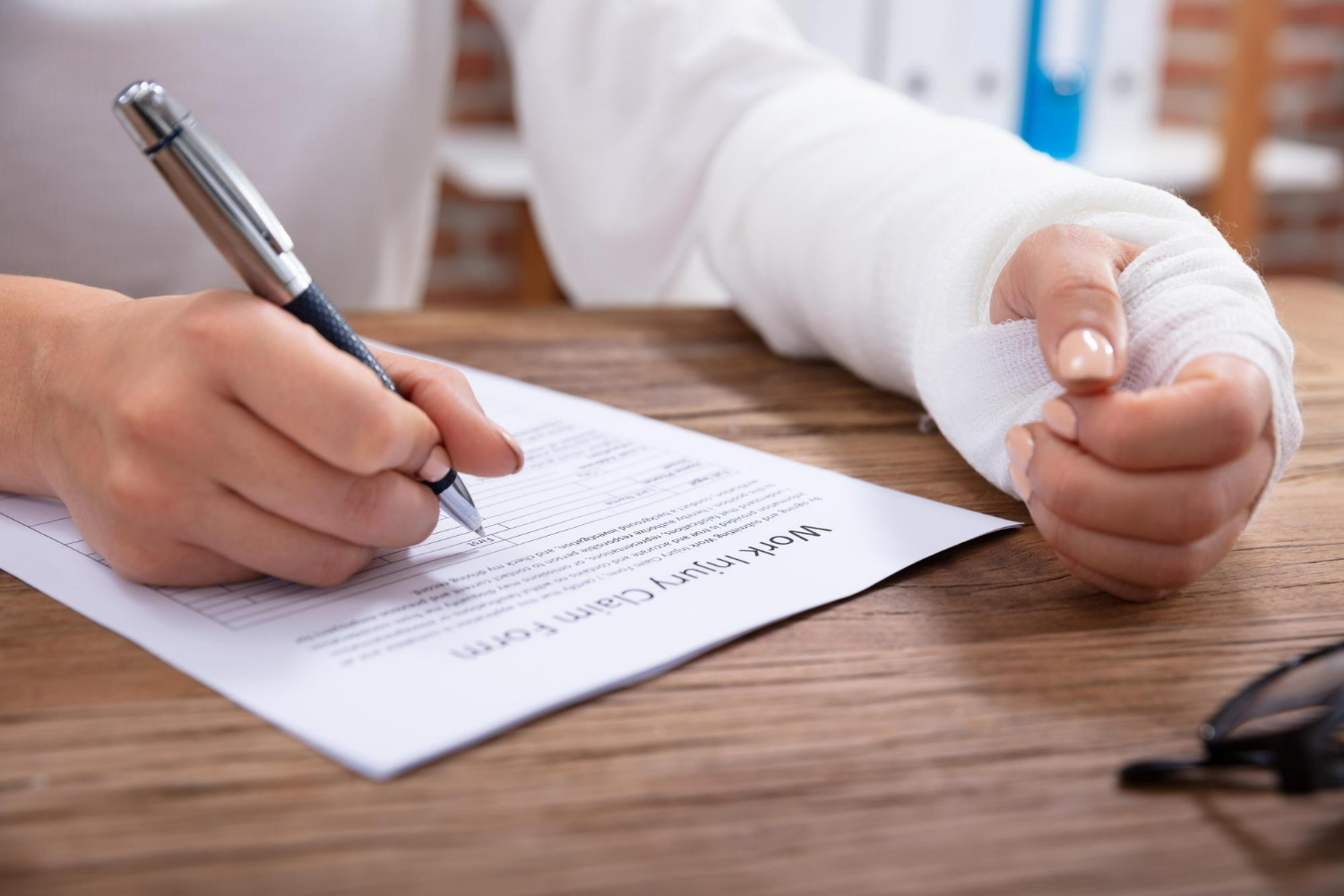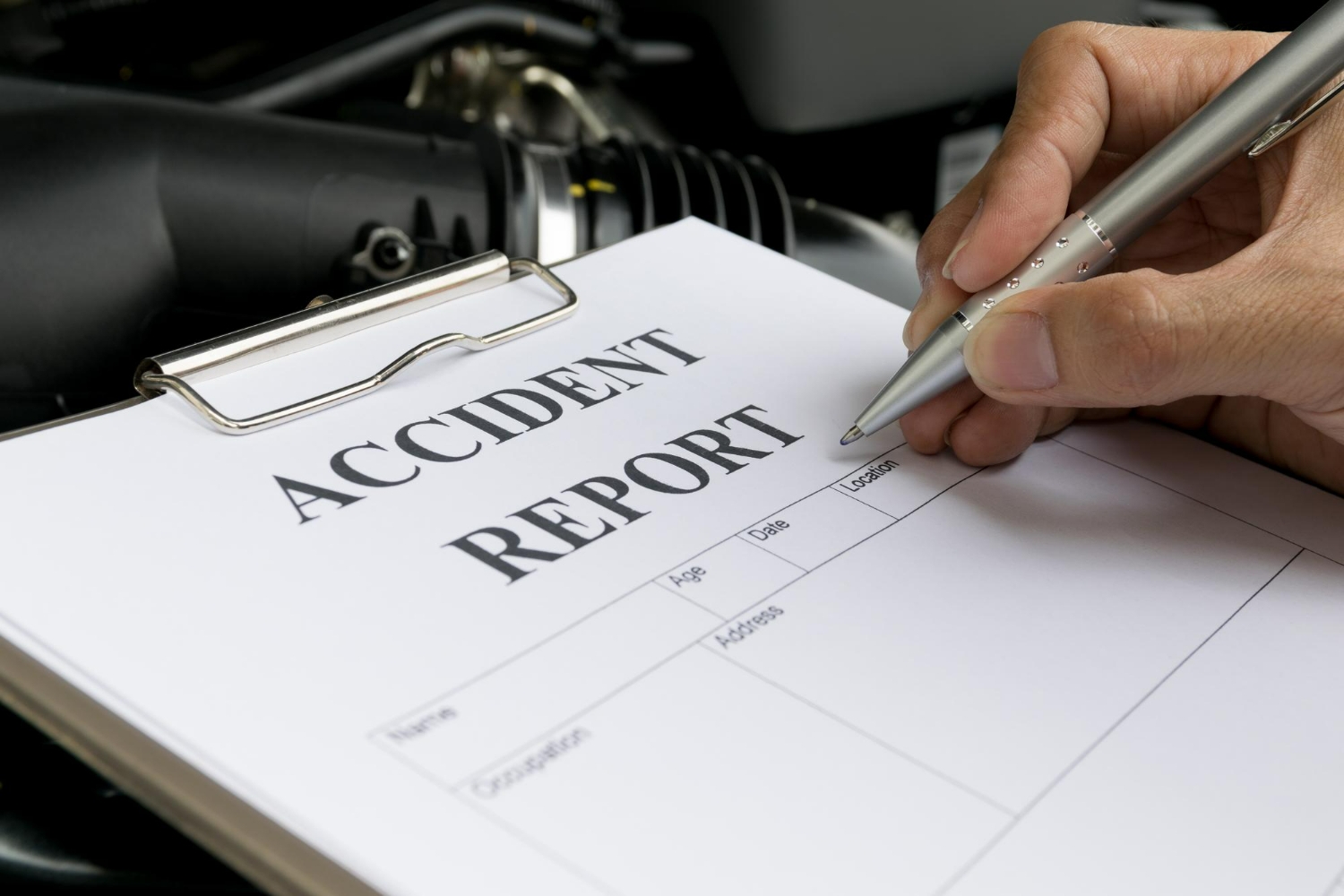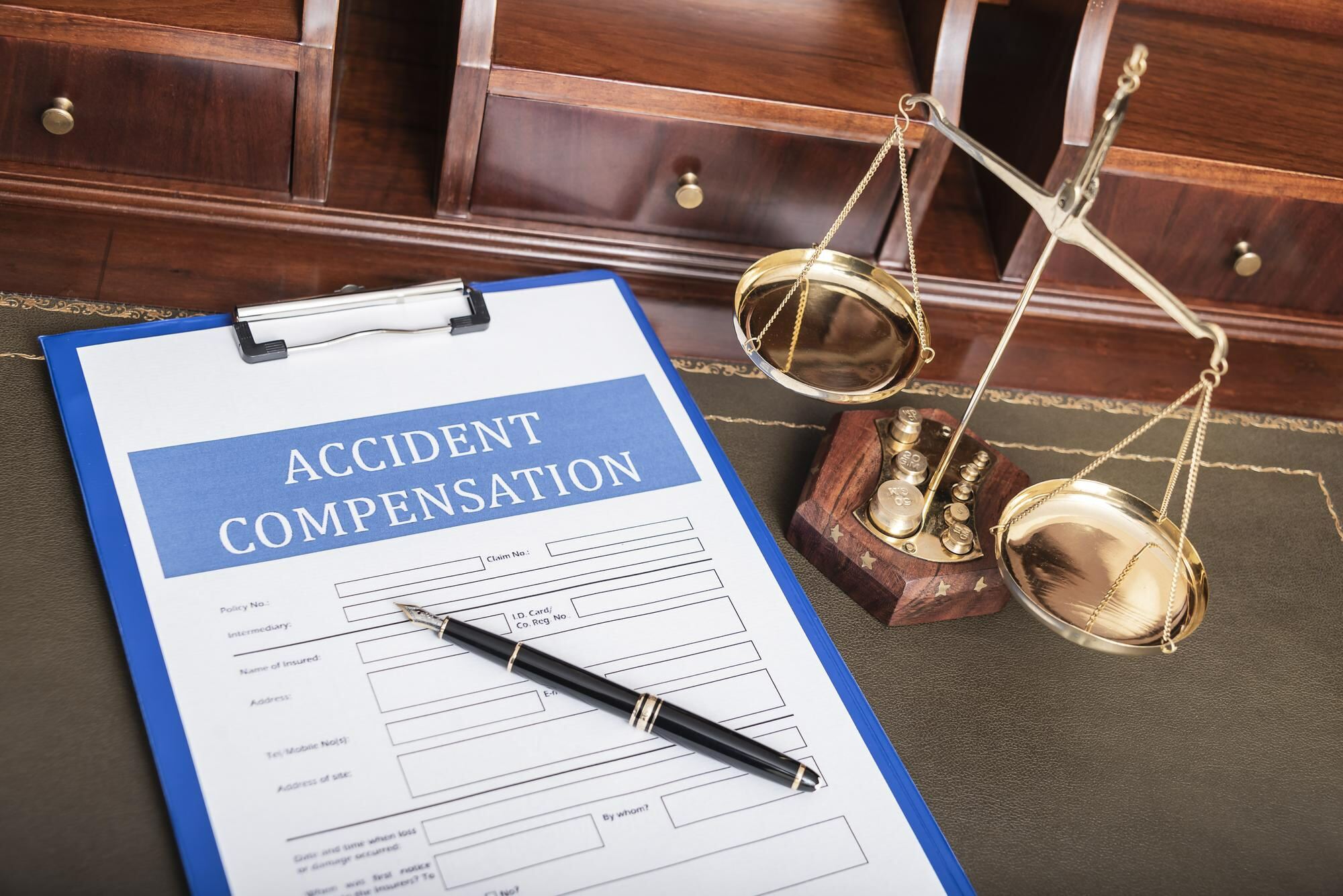Modified Comparative Negligence is a critical concept in Texas negligence law, determining how an individual can recover damages following an accident. This doctrine affects not only the victims but also transforms how liability is assessed across cases in Texas. This article explores how Modified Comparative Negligence impacts personal injury claims, providing residents of Houston and beyond with the knowledge to navigate these challenging situations.
The concept isn’t just a legal formalism; it’s a daily reality for many in post-accident litigation. By understanding the nuances of Texas liability rules and Texas fault laws, individuals can better prepare to handle the legal aftermath of an accident. Whether consulting a Dallas negligence attorney or facing a dispute over fault determination, knowing the ins and outs of Modified Comparative Negligence can be your best defense.
The Basics of Modified Comparative Negligence

In personal injury law in Texas, Modified Comparative Negligence is a pivotal doctrine that every claimant and defendant should understand. This legal principle shapes damages in accidents where multiple parties share fault.
Unlike pure comparative negligence, which allows a party to recover damages regardless of the percentage of fault, Texas’s approach imposes a more stringent criterion.
Legal Definition and Principles:
At its core, Modified Comparative Negligence under Texas negligence law allows a party to recover damages only if they are less than 51% responsible for an accident. In any personal injury claim, the degree to which each party is at fault is critically examined and quantified. If you are found to be 51% or more at fault, Texas law stipulates that you are barred from recovering any compensation from the other parties involved.
The 51% Bar Rule in Texas:
This is a fundamental aspect of Texas liability rules and is crucial in personal injury claims across Houston and the broader state. The rule aims to ensure that only those parties whose negligence is not the primary cause of the accident can receive compensation. It reflects a firm stance on personal responsibility while allowing for the complexities of most accidents where multiple factors and parties may contribute to the incident.
Understanding how Modified Comparative Negligence affects your case is crucial for anyone navigating the aftermath of an accident. Whether consulting with a Dallas negligence attorney or filing a claim, knowing the nuances of this rule can significantly impact the outcome. This doctrine dictates the eligibility for recovery and influences the overall strategy of presenting evidence and arguments in court.
In practical terms, if John, from our earlier example, were seeking compensation for his injuries, his ability to recover would be contingent upon proving that his level of fault does not reach the 51% threshold. This underlines the importance of meticulous evidence collection and expert legal representation, particularly from attorneys well-versed in Dallas accident law and Texas fault laws.
How Modified Comparative Negligence Affects Personal Injury Claims in Houston

Key Cases Illustrating Modified Comparative Negligence in Houston
Modified Comparative Negligence in Texas plays a crucial role in personal injury claims, shaping legal outcomes significantly based on how fault is apportioned among the parties involved. Understanding its application through landmark cases provides valuable insights for legal practitioners and plaintiffs and defendants navigating the complexities of personal injury law in Houston.
Review of Landmark Cases: In Texas, several key court decisions have profoundly impacted the interpretation and enforcement of Modified Comparative Negligence. For instance, consider a case where a Houston driver was speeding despite having the right of way when another driver unexpectedly ran a red light, resulting in a collision.
In such cases, the court will assess the percentage of fault attributable to each driver. If the speeding driver was found 40% at fault for not taking reasonable care to avoid the accident, and the other driver was 60% at fault, the speeding driver could still recover 60% of their total damages under the Texas 51% rule, which stipulates that a plaintiff cannot recover if they are found to be 51% or more at fault.
Another notable case involved a pedestrian jaywalking when hit by a car. Even though the pedestrian was not at a crosswalk, the driver who hit them was texting. The jury had to decide the degree of negligence for both parties.
Cases like these highlight the nuanced nature of Texas fault laws, where multiple factors such as distraction, violation of traffic laws, and other risky behaviors are weighed meticulously.
Lessons Learned: These cases illustrate several critical lessons:
- Evidence is Paramount: Comprehensive evidence collection is vital to establish the degrees of fault. This includes gathering eyewitness accounts, traffic camera footage, and expert testimony that can help clarify the actions of each party during the incident.
- Expert Legal Representation Matters: Engaging a knowledgeable Dallas negligence attorney or a Houston injury lawyer who understands Comparative negligence Texas laws can make a significant difference. These professionals can effectively argue the degree of fault in court or in settlement negotiations, potentially increasing the compensation received by the plaintiff.
- Preparation for Uncertainty: Plaintiffs should be prepared for a possible finding of partial fault. This preparation involves understanding how Texas liability rules and the specifics of Modified negligence Texas might impact their claim’s outcome.
Each case contributing to the jurisprudence of Modified Comparative Negligence in Texas reinforces the need for meticulous legal strategy and thorough preparation.
For anyone involved in a personal injury claim in Houston, these precedents underscore the importance of understanding Texas comparative claim standards to navigate their legal challenges effectively.
For optimal navigation of these legal waters, consulting with an experienced negligence attorney Dallas or Houston-based is advisable, ensuring that every facet of the case is handled with expert care tailored to Texas’s unique circumstances and laws.
Strategies for Managing Your Personal Injury Case Under Modified Comparative Negligence

Role of Legal Assistance in Modified Comparative Negligence Cases
Navigating the complexities of Modified Comparative Negligence in Texas requires more than just a basic understanding of the law; it demands specialized legal assistance to manage and argue personal injury claims effectively. For anyone involved in such cases, particularly in cities like Houston or Dallas, the choice of legal representation can significantly influence the outcome.
Choosing the Right Lawyer:
The importance of selecting a lawyer with specific experience handling Modified Comparative Negligence cases in Texas cannot be overstated. Texas negligence law is complex and varies significantly from other jurisdictions due to its unique Texas 51% rule, which bars recovery if a plaintiff is found to be 51% or more at fault. A Dallas negligence attorney or a Houston injury lawyer with a deep understanding of Comparative negligence Texas statutes and prior case law can provide invaluable guidance.
When selecting a lawyer, it’s crucial to look for someone who not only specializes in Texas liability rules but also has a proven track record of handling similar cases. Such a lawyer will be adept at navigating Texas fault laws and can effectively strategize based on the specific circumstances of your case.
How Lawyers Can Help:
Expert legal help is indispensable in managing Modified negligence Texas claims. First and foremost, a lawyer will take the lead in all evidence-collection efforts. This includes procuring accident reports, medical records, witness statements, and, if necessary, expert testimonies that collectively support your claim. This is crucial because in Texas injury rules, the compensation you can receive is directly influenced by the percentage of fault assigned to you.
Moreover, a Dallas legal fault attorney or a legal expert in Texas will be skilled in interpreting and applying the Texas comparative rule to your advantage. They will assess the details of the accident, determine Fault percentage Texas, and build a strong argument that minimally attributes fault to you while emphasizing the negligence of the other party involved.
Navigating Modified Comparative Negligence in Texas

Navigating the complexities of Modified Comparative Negligence in Texas can be daunting without a thorough understanding of the legal landscape. This doctrine plays a critical role in personal injury claims, particularly in determining the outcome of compensation cases involving multiple parties with shared fault.
Anyone involved in an accident in Texas needs to grasp how Texas negligence law and the specific Texas 51% rule could impact their ability to recover damages. Whether it’s a minor traffic incident or a serious accident resulting in substantial personal injury negligence, the allocation of fault under Texas liability rules significantly affects your compensation.
Given the intricacies of Comparative negligence Texas and the potential for significant financial implications, securing experienced legal representation is crucial. A skilled Dallas negligence attorney or Houston injury lawyer can provide the necessary expertise to navigate these complex legal waters effectively. They can help ensure your case is handled correctly, from accurate fault determination under Texas fault laws to advocating for maximum compensation.
In conclusion, if you find yourself or a loved one involved in a situation where Modified Comparative Negligence is applicable, consulting with a knowledgeable personal injury lawyer is not just advisable; it’s imperative. Doing so can help protect your rights and ensure a fair evaluation of your claim, allowing you to receive the compensation you rightfully deserve under Texas law.











